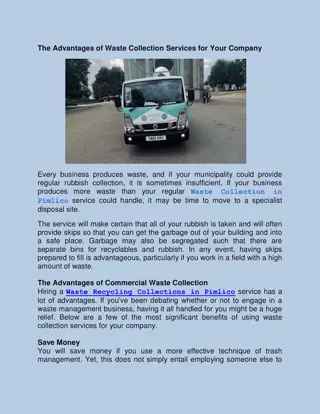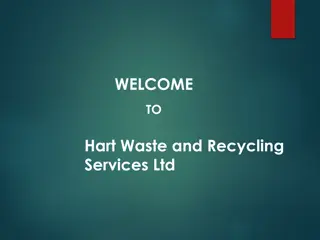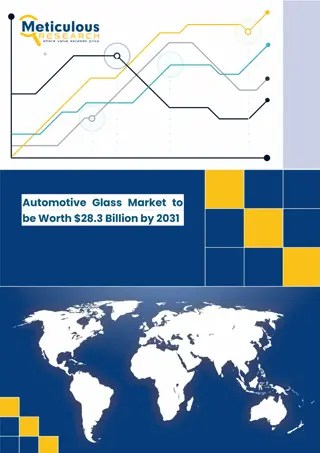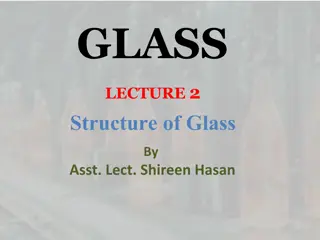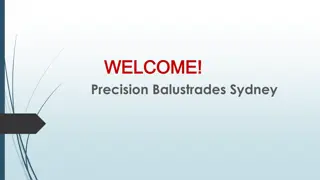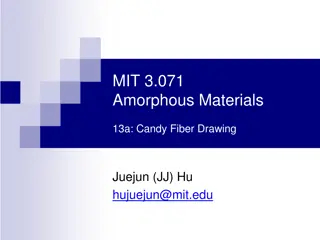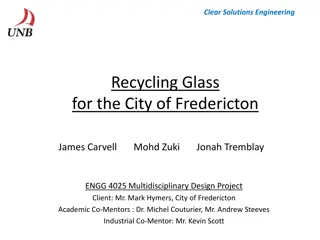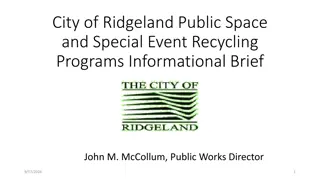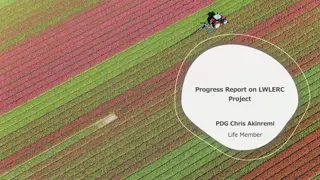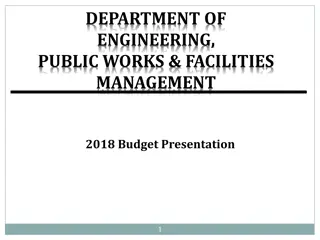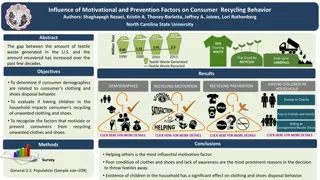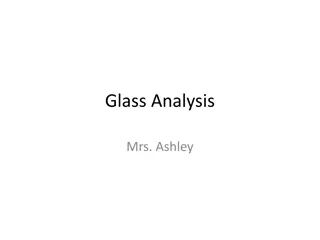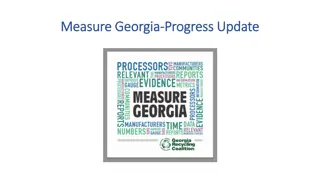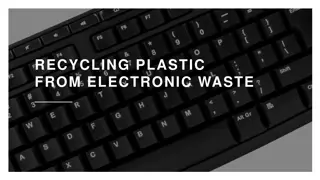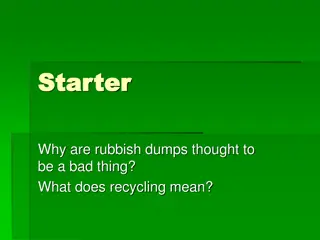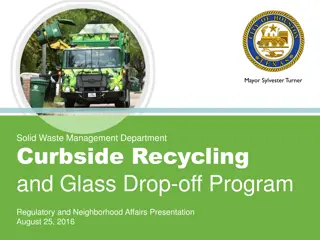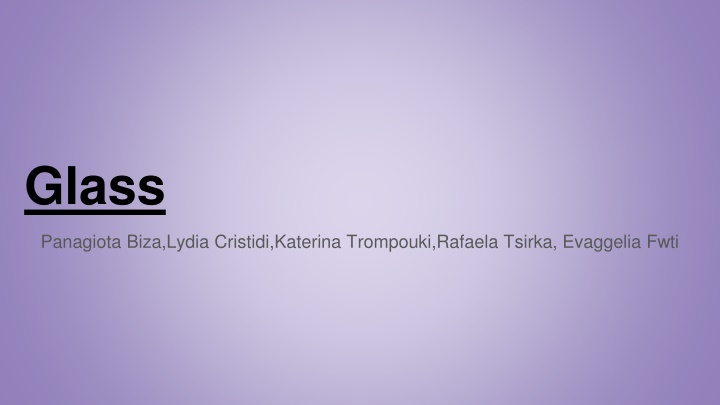
Glass Recycling Process: Benefits, Methods, and Issues
Discover the process of recycling glass, its benefits, challenges, and proper ways to recycle glass objects. Learn how glass is collected, sorted, and reprocessed to reduce pollution and save energy effectively.
Download Presentation

Please find below an Image/Link to download the presentation.
The content on the website is provided AS IS for your information and personal use only. It may not be sold, licensed, or shared on other websites without obtaining consent from the author. If you encounter any issues during the download, it is possible that the publisher has removed the file from their server.
You are allowed to download the files provided on this website for personal or commercial use, subject to the condition that they are used lawfully. All files are the property of their respective owners.
The content on the website is provided AS IS for your information and personal use only. It may not be sold, licensed, or shared on other websites without obtaining consent from the author.
E N D
Presentation Transcript
Glass Panagiota Biza,Lydia Cristidi,Katerina Trompouki,Rafaela Tsirka, Evaggelia Fwti
Glass is 100% recyclable and can be recycled endlessly without loss in quality or purity. Glass is made from readily available domestic materials, such as sand, soda ash, limestone, and cullet, the industry term for furnace-ready recycled glass.Recycled glass can be substituted for up to 95% of raw materials.
The process The recycling bin, box or sack is emptied into collection vehicle. The co-mingled materials are taken to a Material Recovery Facility and loaded onto conveyors. The sorting process begins with the removal of incorrect items such as crisp packets and plastics bags. A vibrating machines separates the cardboard and paper - different types of paper are sorted by hand and then baled. The remaining recyclables continue on another conveyor where steel cans are removed using magnets. Different types of plastic are identified and separated using optical scanners. A special kind of magnet called an eddy current is used to sort aluminium cans. Glass is the remaining material and this drops off the end of the conveyor into a large container
Problems and issues The biggest problem is when incorrect items are put in the recycling container as they have to be removed by hand. This slows down the process and if these items are missed it can clog or damage the machinery and other equipment. This is why it is important to know which items you can and can't recycle in your local area.
Once glass is collected and taken to be reprocessed, it is: How is it recycled? crushed and contaminants removed (mechanised colour sorting is usually undertaken at this stage if required) mixed with the raw materials to colour and enhance properties as necessary melted in a furnace moulded or blown into new bottles or jars.
Glass recycling 1st way: collect the bottles that are in excellent condition in the green bin. 2nd way: bottles that can not be reused and the rest of the glass objects which are collected in the blue bins. warning: all packaging must be washed and cleaned before being placed in any bin.
The cost savings of recycling is in the use of energy. Compared to making glass from raw materials for the first time, cullet melts at a lower temperature. So we can save on energy needed to melt the glass. Glass produced from recycled glass reduces related air pollution by 20% and related water pollution by 50%. Recycling glass reduces the space in landfills that would otherwise be taken up by used bottles and jars. Advantages of glass recycling


